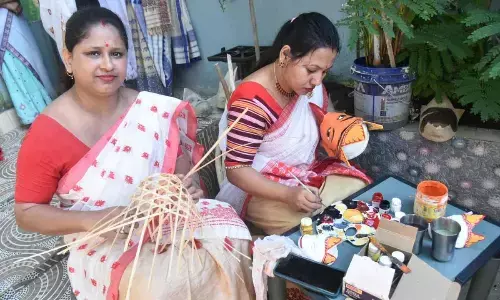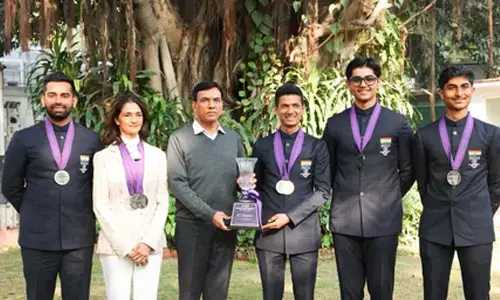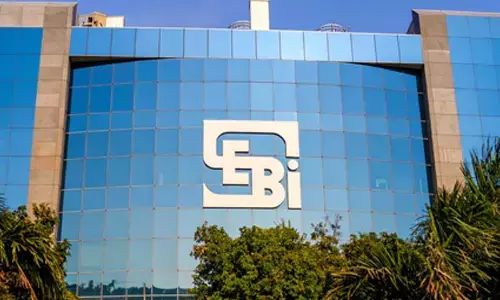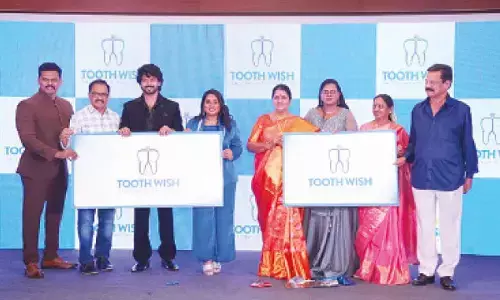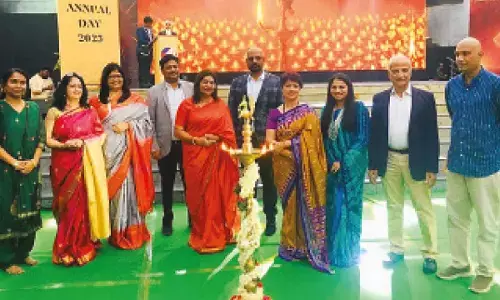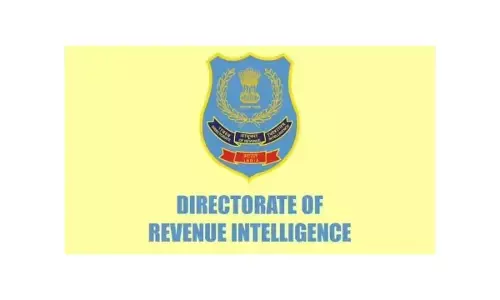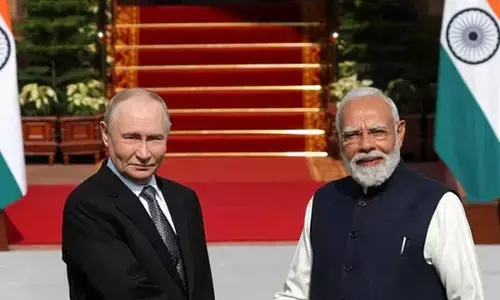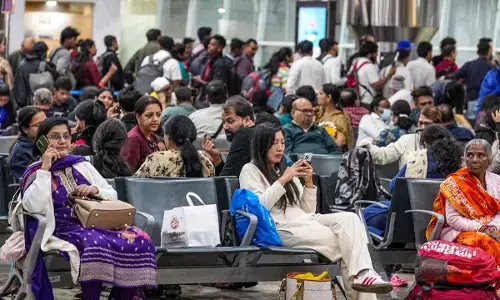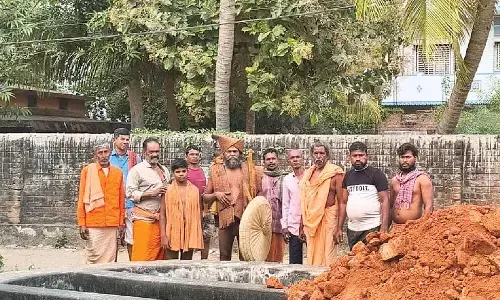Miles to go before SDGs are achieved

India had slipped considerably on the UN Millennium Development Goals (MDGs)
India had slipped considerably on the UN Millennium Development Goals (MDGs). For instance, in 2015 half the population suffered from hunger.
And, three years into the SDGs 29 states have been able to achieve only 42-69 per cent of targets and the Union Territories 57-68 per cent.
While Himachal Pradesh and Kerala were top performers (50-64 per cent), Uttar Pradesh and Dadra Nagar Haveli could achieve only 0-49 per cent of the SDGs.
With only 11 years to go and the political scenario after the general elections rather uncertain, where does the malaise lie?
India has been running centrally-sponsored schemes in all the 17 SDG sectors "but the outcomes have been modest because of several factors", says a former senior government official.
"The necessary infrastructure for rapid agricultural growth is missing, skilling programmes need revamp, manufacturing need removal of legal and procedural constraints, many welfare programmes are not well-structured, there are governance and implementation issues especially in poor states, and lastly devolution of central funds is biased in favour of well-off states."
Naresh Chandra Saxena, who served in various senior government positions, writes in a paper in a book titled "India 2030, A Socio-Economic Paradigm".
What measures are required to speed up movement towards achievement of the SDGs? Starting from the agriculture, Saxena offers a series of suggestions.
"We need to build efficient irrigation systems and water conservative strategies in rain-fed regions through conjunctive use of surface and groundwater.
Agriculture in semi-arid regions need to move away from traditional crop-centric farming to agri-pastoral farm forestry systems," writes Saxena.
"If rain is captured properly with peoples' participation, drought can be banished from India in 10 years. Unfortunately, the slogan of 'more crop per drop' has remained an empty rhetoric, an 'ideology without a methodology'," says Saxena, the 1964 IAS batch topper who retired as the Planning Commission Secretary.
On promoting the agriculture value chain, he says as fruit and vegetables give 4-10 times higher returns than other crops, "India needs better mechanisms to increase communication and direct linkage between small landholders and large buyers", to bridge the demand-supply gap.
It will also be a "great opportunity" for aggregators and companies to develop new and sustainable business model in the farm sector.








